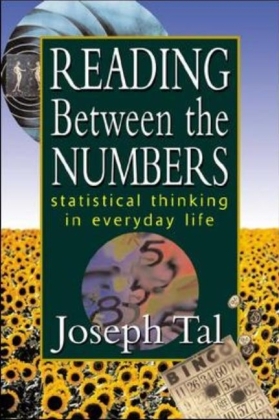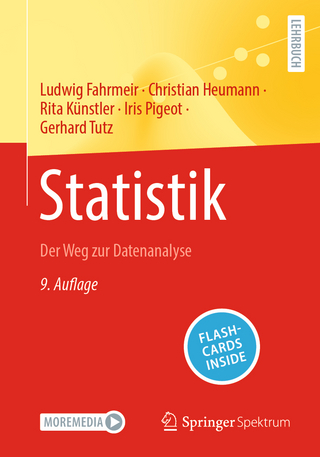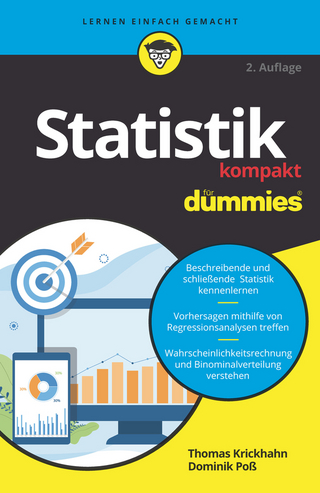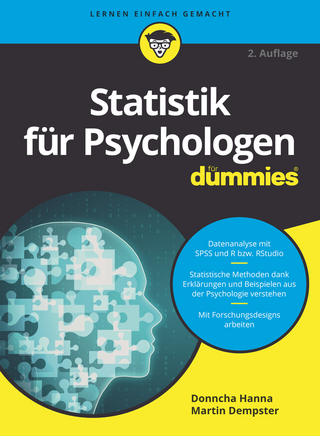
Reading Between the Numbers: Statistical Thinking in Everyday Life
McGraw-Hill Professional (Verlag)
978-0-07-136400-3 (ISBN)
- Titel ist leider vergriffen;
keine Neuauflage - Artikel merken
This quirky, fast-paced excursion through the world of statistics brings basic statistical concepts down to earth for general readers by showing how statistics are applied in our everyday lives. Drawing on such diverse examples as how pills are manufactured, elections are forecast, and chess tournaments are structured, psychologist Joseph Tal familiarizes readers with variables, means, medians, scales of measurement, sampling, estimating, and other stock-in-trade tools of the statistician. This is an unusually lively, informal review of statistical concepts. The features of "Reading Between the Numbers" are: dozens of fascinating, often whimsical examples drawn from real life and literature, and 100 vivid graphs and tables; makes statistics fun and easy for general readers interested in numbers; is the ideal quick-study guide for those who need to learn statistical methods for their jobs; focuses on the psychology behind statistics, rather than problem-solving; and is based on the author's popular professional workshops and seminars.
Joseph Tal, Ph.D. is Managing Director of TechnoStat Ltd., a company based in Israel that provides statistical services for clinical trials, marketing research and industrial engineering. He also conducts a popular series of statistics workshops for non-statisticians in Israel and England. Dr. Tal has worked as a statistician and clinical psychologist and has taught both at Northwestern University.
Chapter 1: Why Statistics. Chapter 2: What Is Statistics Chapter 3: Names and Numbers. Chapter 4: Scales of Measurement. Chapter 5: Error. Chapter 6: Central Tendency. Chapter 7: Variation. Chapter 8: Putting Distance in Context. Chapter 9: Descriptive Statistics: A Review and More. Chapter 10: The Significance of Variation. Chapter 11: Uncertainty, Error, and Uniqueness. Chapter 12: From Description to Inference. Chapter 13: Reliability and Validity. Chapter 14: Samples and Populations. Chapter 15: Estimating Right. Chapter 16: Models. Chapter 17: Using Models--A Start. Chapter 18: Another Model. Chapter 19: What, Then, Are Models? Chapter 20: Sampling Distributions. Chapter 21: Confidence Intervals. Chapter 22: Data and Decisions: An Introduction. Chapter 23: Risks and Rewards. Chapter 24: Distance Revisited. Chapter 25: Understanding.
| Erscheint lt. Verlag | 16.1.2001 |
|---|---|
| Zusatzinfo | 86 Illustrations, unspecified |
| Sprache | englisch |
| Maße | 150 x 229 mm |
| Gewicht | 442 g |
| Themenwelt | Mathematik / Informatik ► Mathematik ► Statistik |
| Mathematik / Informatik ► Mathematik ► Wahrscheinlichkeit / Kombinatorik | |
| ISBN-10 | 0-07-136400-5 / 0071364005 |
| ISBN-13 | 978-0-07-136400-3 / 9780071364003 |
| Zustand | Neuware |
| Haben Sie eine Frage zum Produkt? |
aus dem Bereich


